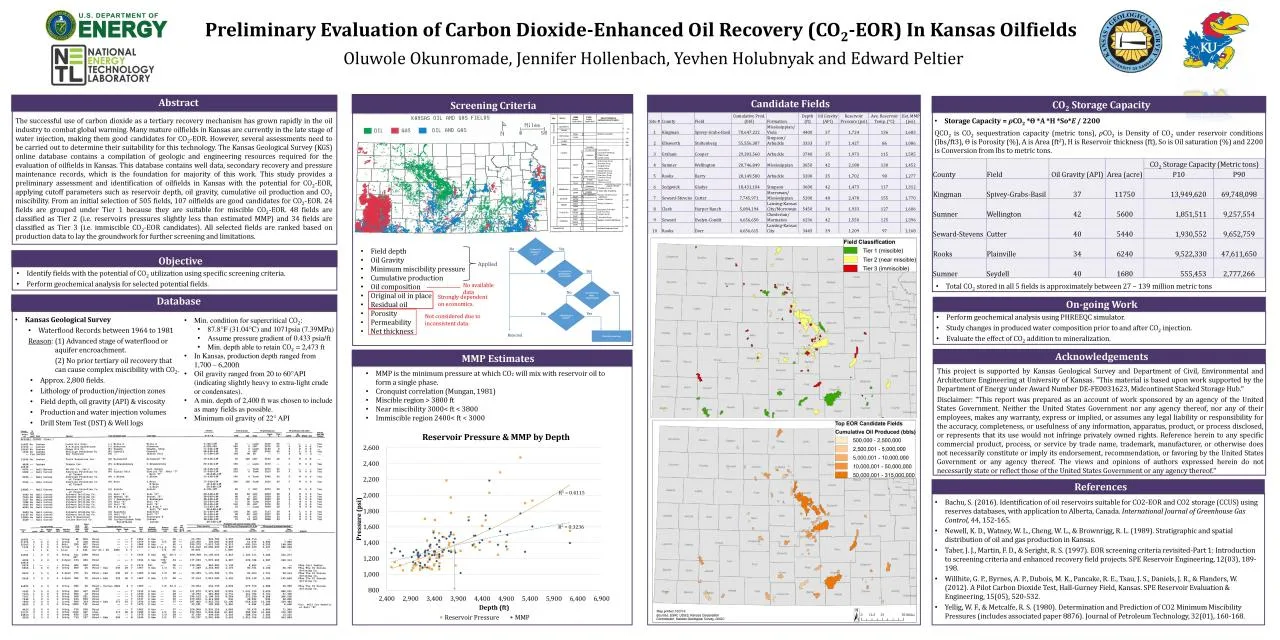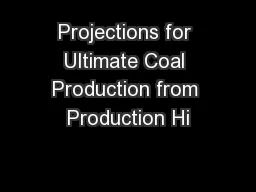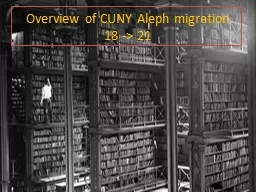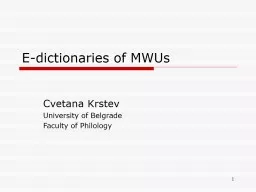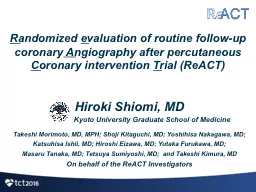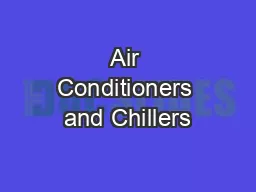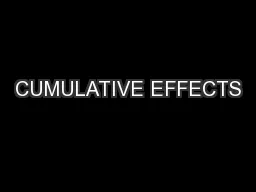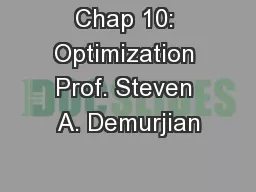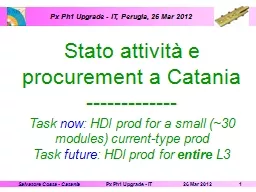PDF-Cumulative Prod
Author : tracy | Published Date : 2021-10-08
Site CountyFieldbblFormationDepth ftOil Gravity APIReservoir Pressure psiAve Reservoir Temp CEst MMP psi 1KingmanSpiveyGrabsBasil70647222 Mississippian Viola4400371724
Presentation Embed Code
Download Presentation
Download Presentation The PPT/PDF document "Cumulative Prod" is the property of its rightful owner. Permission is granted to download and print the materials on this website for personal, non-commercial use only, and to display it on your personal computer provided you do not modify the materials and that you retain all copyright notices contained in the materials. By downloading content from our website, you accept the terms of this agreement.
Cumulative Prod: Transcript
Download Rules Of Document
"Cumulative Prod"The content belongs to its owner. You may download and print it for personal use, without modification, and keep all copyright notices. By downloading, you agree to these terms.
Related Documents

